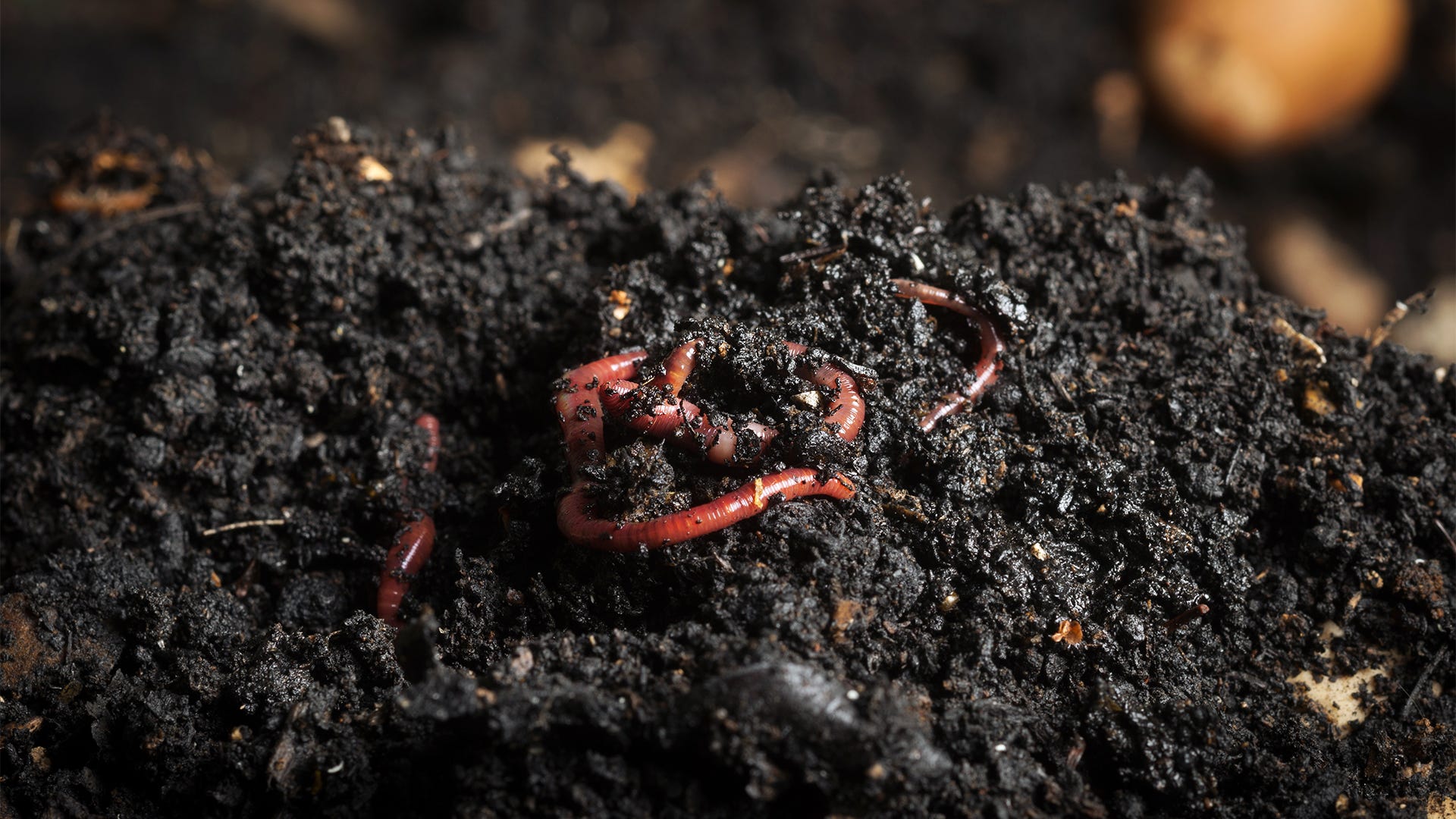Red wigglers: Enhance your compost
Red Wigglers: The Secret to Eco-Friendly Composting
Red wigglers, scientifically referred to as Eisenia fetida, play an essential duty in lasting composting practices, using a natural solution to waste management. These worms not only consume organic products but also change them into important vermicompost, enhancing soil health and promoting ecological equilibrium. As city locations deal with enhancing waste obstacles, recognizing the advantages and proper treatment of these microorganisms ends up being necessary for both garden enthusiasts and ecologists alike. What particular steps can individuals require to harness their potential effectively?
What Are Red Wigglers?
Although many individuals know with earthworms, red wigglers (Eisenia fetida) are a specific varieties that play a vital function in composting. Belonging to Europe, they have actually adapted well to a selection of atmospheres, particularly in decaying raw material. Unlike typical garden worms, red wigglers prosper in rich, moist environments, making them perfect for composting systems.
(red wigglers near me)These worms are defined by their reddish-brown coloration and elongated bodies, generally determining between 3 to 4 inches in length. Red wigglers are epigeic worms, implying they live near the dirt surface and prey on decaying organic material. Their high reproductive price enables populations to proliferate under ideal conditions, with the ability to increase in number every few months.
Red wigglers possess an unique digestive system that allows them to damage down natural waste effectively. As they take in food scraps, they create nutrient-rich castings, which work as an exceptional plant food for plants. This types is not only effective in transforming waste however likewise contributes to dirt wellness, promoting microbial task and boosting soil structure. Their lasting nature makes red wigglers a beneficial possession in eco-friendly composting practices.
Benefits of Making Use Of Red Wigglers
Using red wigglers in composting systems offers numerous advantages that improve both the performance of waste disintegration and the high quality of the resulting garden compost. These earthworms, scientifically referred to as Eisenia fetida, are renowned for their remarkable ability to take in natural waste, transforming it right into nutrient-rich vermicompost at an excellent rate. Their quick food digestion process accelerates the failure of kitchen scraps and lawn waste, substantially reducing the moment required for composting.
In addition to their effectiveness, red wigglers contribute to improved dirt structure and fertility. The vermicast generated by red wigglers is rich in crucial nutrients, beneficial bacteria, and humic acids, every one of which boost soil health and advertise plant growth. This nutrient-dense compost helps retain wetness and boosts aeration in the dirt, cultivating a flourishing ecological community for plants.
Additionally, using red wigglers for composting minimizes garbage dump waste, adding to an extra sustainable waste administration system. By drawing away organic products from garbage dumps, composting with red wigglers lessens greenhouse gas emissions, making it an environment-friendly choice for environmentally mindful people and areas. On the whole, red wigglers provide a reliable and lasting option for composting.
Establishing Up Your Worm Container
Producing a worm container is an uncomplicated process that requires cautious factor to consider of materials and problems to ensure a flourishing atmosphere for red wigglers. Begin by selecting a suitable container, which can be a plastic bin or wooden box, with a capacity of at the very least 10 gallons for efficient composting. Make certain the container has ample ventilation by drilling tiny holes in the cover and sides to permit airflow.
Next, prepare the bed linen, which is vital for preserving wetness and supplying an environment for the worms. Appropriate products include shredded newspaper, cardboard, coconut coir, or peat moss. Go for a bedding depth of approximately 4-6 inches, ensuring it perspires yet not extremely damp.
It is very important to preserve the best temperature for your worm container, preferably between 55 ° F and 77 ° F(13 ° C and 25 ° C) Position the container in a shaded area to stop overheating. Additionally, maintain the container far from straight sunlight and extreme weather to secure the worms.
Feeding Your Red Wigglers
Feeding your red wigglers is a critical facet of effective worm composting, as it directly impacts their health and wellness and the effectiveness of your composting system. Red wigglers thrive on a healthy diet plan consisting primarily of natural waste materials. Suitable food choices consist of vegetables and fruit scraps, coffee grounds, crushed eggshells, and shredded paper. Avoid feeding them meat, milk, and oily foods, as these can draw in pests and develop smells.
(red wiggler earthworms for sale)To guarantee ideal feeding, it is necessary official site to present food slowly. Beginning with percentages to permit the worms to consume the material totally prior to adding much more. This strategy protects against overfeeding, which can bring about anaerobic problems and adversely impact worm wellness. Monitor the food decomposition procedure and adjust the quantity based on just how swiftly the worms are processing the waste.

Keeping Your Worm Compost System
A properly maintained worm garden compost system is necessary for making the most of the effectiveness and longevity of your composting initiatives. Regular tracking of moisture levels is important, as red wigglers thrive in a moist setting, ideally around 70% humidity. If the bedding ends up being also dry, lightly haze it with water; conversely, if it ends up being extremely wet, add dry bedding such as shredded newspaper or cardboard to absorb excess wetness.
Temperature control is also vital. Ensure your compost system is kept in a shaded, aerated area to prevent overheating.
Check the worm populace and their task; a prospering population suggests a well-balanced setting. By complying with these maintenance techniques, you can guarantee an efficient and lasting worm composting system that efficiently reuses natural waste.

Verdict
In final thought, red wigglers play an important role in environmentally friendly composting by effectively transforming natural waste into beneficial vermicompost. Accepting the use of red wigglers stands for a practical technique to enhancing environmental sustainability and cultivating healthier ecosystems.